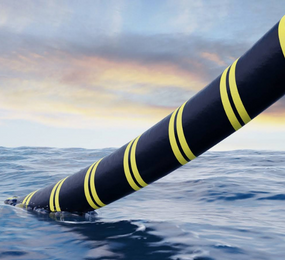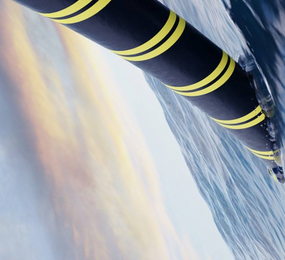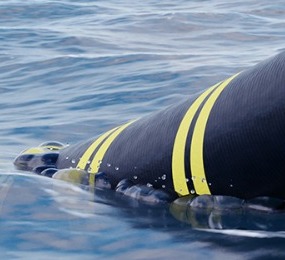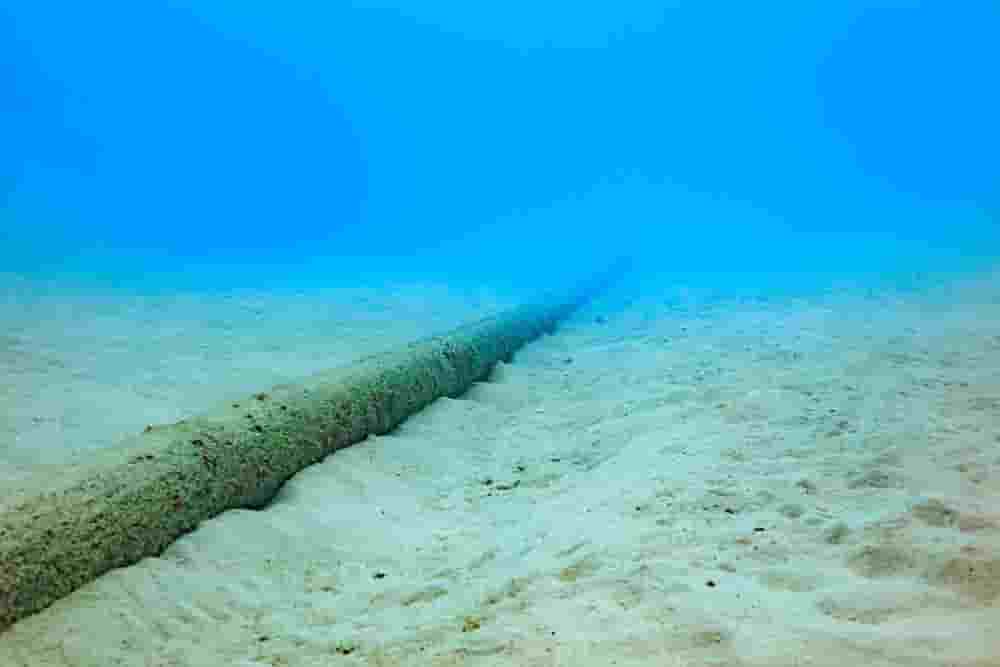Improving Cable Reliability by using Distributed Fibre Optic sensing
What exactly is distributed sensing?
Distributed sensing is a technique that allows continuous, real-time measurements to be taken along the length of a fiber optic line.
Unlike traditional sensors, which use discrete sensors to measure at pre-determined sites, distributed sensing uses optical fiber rather than manufactured devices.
Without any extra transducers in the optical route, the optical fibre serves as the sensing element.
The interrogator works in a radar-like manner, sending a sequence of pulses into the fiber and recording the return of the naturally occurring dispersed signal against time. The distributed sensor measures at all places along the fiber in this manner.
Because the sensor is a fiber, it is also a low-cost approach that can be easily installed even in the roughest and most peculiar locations.
The sensor element is an optical fiber.
The optical fiber is constructed of pure glass (silica) and is about the thickness of a human hair. It is divided into two sections: the inner core and the outside cladding. Cladding is a glass layer composed of lower refractive index glass that maintains light direction within the core. For safety and ease of handling, both sections are enclosed by a single or several layers of primary polymer coatings.
According to communication application standards, there are two types of optical fibers. These are single mode for long-distance communications and multimode for short-distance communications. Multimode fibers have a greater core diameter (45 to 50 microns) than single-mode fibers (8-10 microns), allowing for additional light modes to propagate.
The normal diameter of an optical fiber is 125 microns, which grows to 250 microns when the thickness of standard acrylate coating is included. Single - mode fibers are often used for distributed acoustic sensing or distributed strain sensing, whereas multimode fibers are typically utilized for temperature sensing.
Although Silixa's temperature and sound sensors may be utilized with either single mode or multimode fiber, the temperature system performs best with multimode. Single mode fiber is used to improve the acoustic sensor's performance.
Many fibres may be found in fiber-optic cables, which can be of a single kind or a combination of both. The construction of the cable is determined by the installation, operating, and application requirements.
What are the applications of distributed sensing systems?
For the oil and gas sector, distributed sensing systems have been created to help reservoir engineers in optimizing well lifespan. Nowadays, they are used as integrity monitoring instruments in process vessels, storage tanks, and piping systems, providing the operator with tools to schedule maintenance programs and maximize service life.
Distributed fiber optic monitoring provides excellent spatial and temporal profiling over broad surfaces, long distances, and in areas where traditional point sensing is inapplicable or cost-effective.
Visit our website to know more: https://bit.ly/3zWlx4i
For more information and group participation, contact us: [email protected]
Leadvent Group - Industry Leading Events for Business Leaders!
www.leadventgrp.com | [email protected]
















